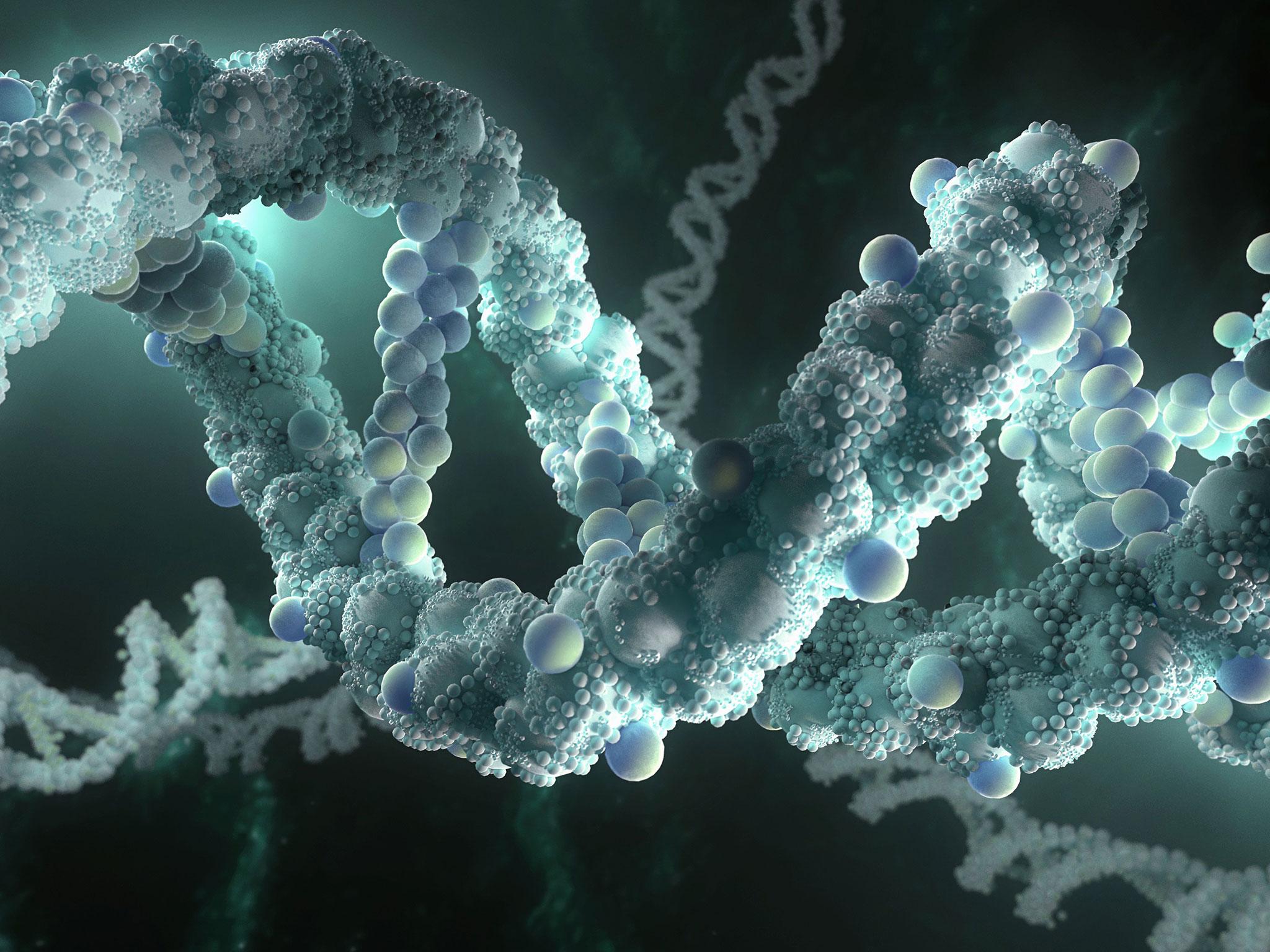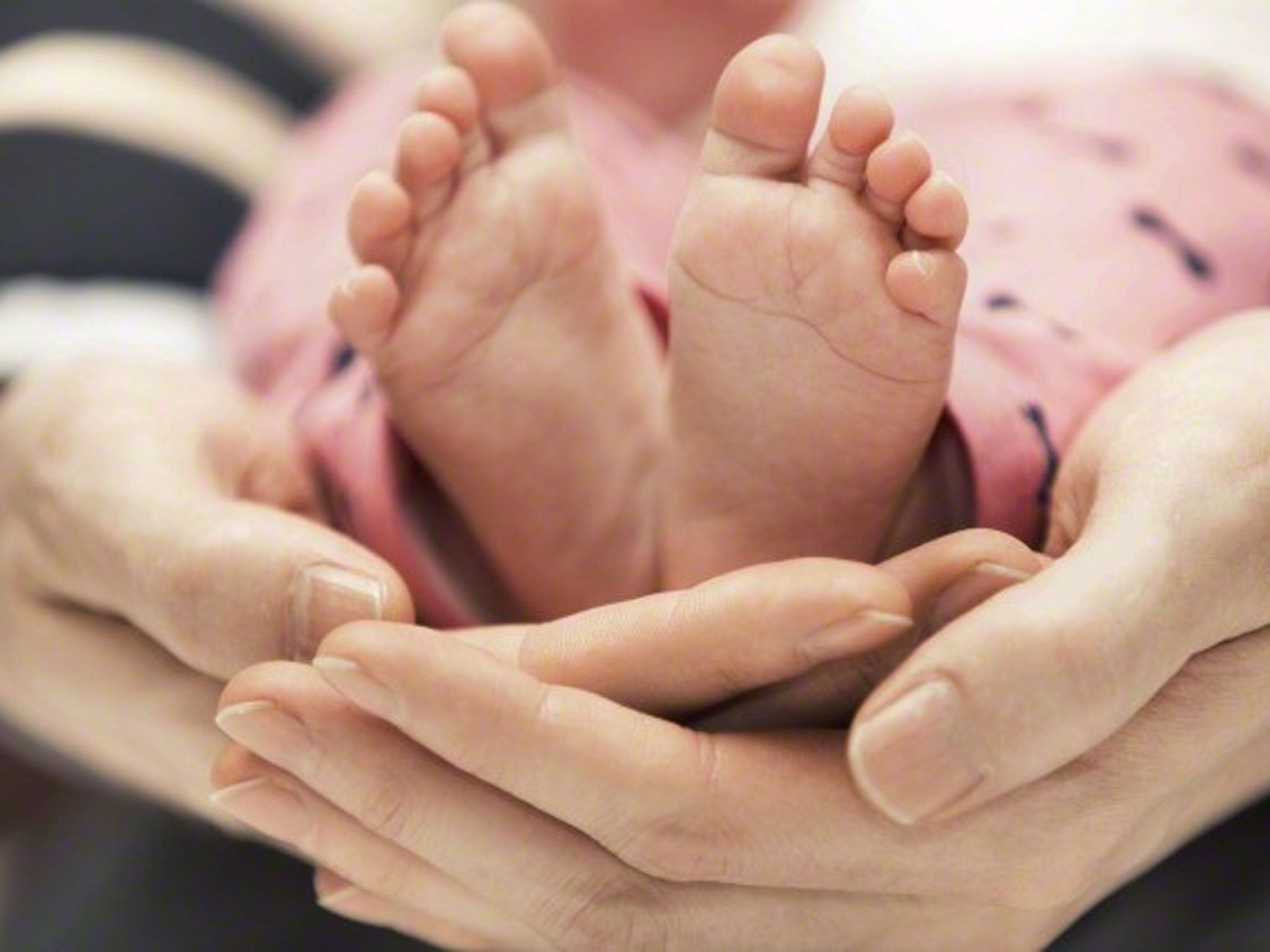Scientists break 13-year silence to insist 'three-parent baby' technique is safe
The UK could become the first country in the world to allow the birth of a baby using a controversial procedure designed to prevent devastating genetic diseases from being passed on

When scientists announced in 2003 they had used a pioneering technique for the first time to create so-called ‘three-parent babies’, there was international outrage with accusations that they were “playing God”.
But – as UK regulators consider whether it is medically safe to licence its use in order to prevent women with devastating inherited diseases from passing them on to their children – the researchers have finally published an academic paper detailing their work in which they insist it is safe.
In an exclusive interview with The Independent, Dr John Zhang, who lead the team, said he regretted revealing the news in 2003, saying some of the researchers had been “so eager to be famous”.
They delayed publishing the paper because of the “heat” around the issue at the time, he said, but decided to do so now in the hope of encouraging the UK's Human Fertilisation and Embryology Authority (HFEA) to issue a licence for the technique.
He urged them to allow it, saying it would cure a devastating disease affecting thousands of couple and could also lead to a “new era of medicine”.
Last year the UK became the only country in the world to legalise its use, with David Cameron insisting it was wrong to say it was “playing God” ahead of a landmark vote by MPs.
Writing in the journal Reproductive BioMedicine Online, the researchers concluded that pronuclear transfer, as it is known, “can produce a viable pregnancy”, despite the loss of twins after 24 and 29 weeks in the womb.
Speaking from his clinic in New York, Dr Zhang said he felt they had gone public “too soon” in 2003.
“I think some of my team members were so eager to be famous. They wanted to let the whole world know,” he said.
According to some opponents, the procedure is tantamount to genetic modification of humans.
It involves using DNA from a mother with an inherited mitochondrial disease and a father and also a donated egg from another woman, which contains her healthy mitochondrial DNA.
Unlike ordinary DNA, which has the genetic information that helps make us who we are, mitochondrial DNA provides power for the cell and has been compared to a battery.
Many scientists in the field insist the term ‘three-parent baby’ is inaccurate for this reason as the significant DNA is from two people.
Dr Zhang said while there had been some practical obstacles to publishing an academic paper, they had been put off by the public furore that erupted in 2003.
“That’s why we didn’t want to publish it for a while – there was too much heat,” he said.
“We feel like the British had a debate, parliament allowed this work, and we feel that the current climate may be more friendly.
“It seems to me now the situation in the UK is very encouraging. I really hope … I think the UK is probably the only country now able to lead the world in allowing this kind of work to continue. I think the UK is way more advanced.”

Dr Zhang, who studied at Cambridge University, said the technique they used was “almost identical” to one proposed by a team of experts at Newcastle University.
He felt that opponents of its use were treating foetuses in a different way to people who were sick.
“This person needs to be treated or cured – no one would have a problem with that. Why should it be different with a foetus to a patient in a hospital?” Dr Zhang said.
“I think the immediate benefit of this technique is thousands of couples can have a baby of their own without this disease. You basically cure the disease.”
But he also argued it would be a “very important technique” to help couples have a baby, as he had tried to do in 2003.
And, in the future, he said it would herald a “new era of medicine” with significant advances in gene therapy and regenerative medicine.
“The applications are tremendous. I think the whole of medicine is going to change,” he said.
“This is a very safe procedure, a safe and efficient procedure.”
His team had tried to help a 30-year-old woman and her partner who were struggling to have a child despite IVF treatment.
Dr Zhang said he believed they had eventually decided to adopt, but despite the loss of the unborn babies, he said: “They still feel it [pronuclear transfer] should be carried out, it should continue.
“They almost had two children. If everything had gone well, the whole history would have changed.”

In an article in the journal commenting on the paper, scientists Dr Jacques Cohen and Dr Henry Malter wrote that the “13-year hiatus” in publishing the paper may have been the result of the tragic outcome and “the criticism from colleagues and ethicists”.
They highlighted a lack of information in the paper about some details of the procedure, including the “ethics approval process” at Sun-Yat Sen University in China where the procedure was carried out.
“Could the procedure be considered successful from a technical standpoint since the majority of the reconstructed zygotes [fertilised egg cell] developed into apparently normal diploid embryos? This was indeed a significant, if limited finding, considering the developmental history,” they added.
Dr Cohen helped create the world's first children with mitochondrial DNA from two women as part of fertility treatment, but used a different technique that would not be suitable for preventing the passing on of mitochondrial diseases.
On the forthcoming HFEA decision, he told The Independent that the paper by Dr Zhang and his team could “only affect it positively”.
“There is the issue there was never a live birth,” he said, but he added it was “hard to imagine” that the foetuses had died because of the pronuclear transfer.
Instead it may have been a combination of “patient issues” and the decision to reduce the pregnancy from triplets to twins, which is sometimes done during IVF to improve the chances of the others but which can also lead to their loss.
“It was extraordinarily experimental,” Dr Cohen added. “I think it was interesting work, it was surprising at the time and it still is surprising now.”
A spokesman for the HFEA said an expert panel was due to make a recommendation to its board about approving a licence to allow pronuclear transfer to take place later this year.
Join our commenting forum
Join thought-provoking conversations, follow other Independent readers and see their replies
Comments
Bookmark popover
Removed from bookmarks